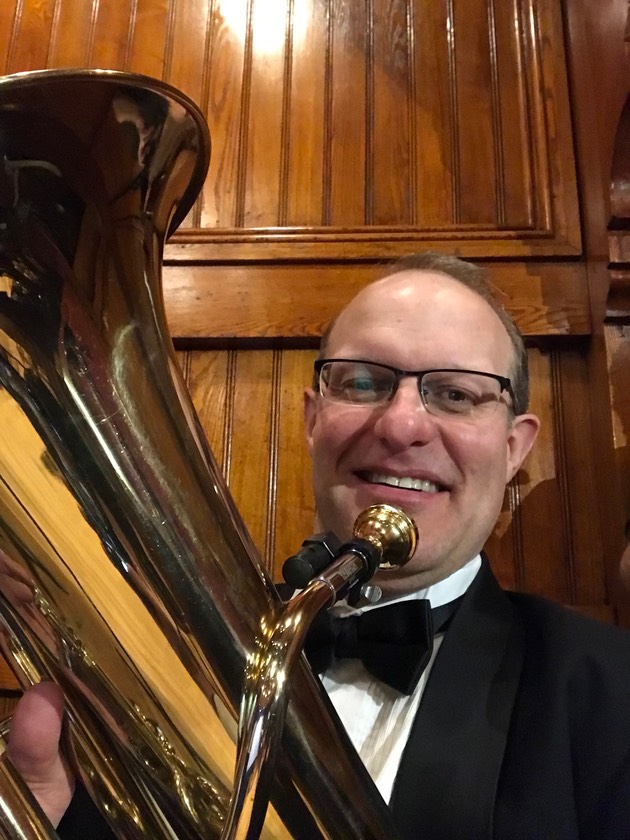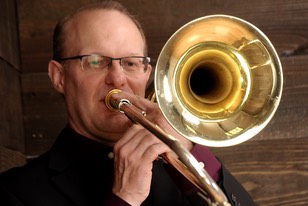
One of my favorite musical instruments, the Euphonium, or Tenor Tuba, and Baritone, all share membership in the Low Brass Family, with a lineage to the Tuba Family. The Euphonium is a larger-bore, generally 4-valve tenor horn relative to it's more famous band-mate, the ubiquitous Baritone, which sports a smaller bore and perhaps only 3-valves, or some with a non-compensating 4th valve. The Euphonium has a compensating 4th valve which allows better intonation and transitions into the low range. Due to the smaller mouthpiece size when compared with that of the Tuba, the mouthpiece more closely falls within the natural rim size of the Trombone’s mouthpiece, and is a natural doubling instrument for trombone players - which isn’t to say there aren’t any fantastic euphonium majors. There are many terrific players! The best ones have impeccable technique to go along with great sound and musicianship. While the euphonium sound of many players ranges from very good to excellent, the very best players have developed a richness and fullness that warms any performance location.
My earliest days of musical training began on trumpet in 2nd grade, with lessons from my Grandfather, who was a Shrine Band member in Auburn, ME. My goal at the time had been to play the double-belled euphonium, which was a bit of an anomoly and a unique instrument to be sure (it allowed the player to switch from a baritone sound to a trombone sound with the push of a button!), though I didn’t know its relative unpopularity and lack of musical outlets… My parents, who were both musicians, thought it best for me to begin on trumpet while I grew big enough to play the instrument.
Since my mother needed trombones in her middle school band, I was drafted to play trombone in 5th grade. While I immediately fell in love with the trombone, I finally got the opportunity to play the euphonium in 6th grade, and I enjoyed applying the trumpet fingering patterns directly to the euphonium. Since the slide trombone and euphonium are related by slide/fingering patterns, I was able to practice one while playing the other. Later I included Euphonium on all four of my student recitals at Northwestern University, and I was given the opportunity to perform in many freelance ensembles in Chicago on Euphonium (including a wonderful Verdi recording with George Solti and the Chicago Symphony Orchestra and Chorus, as well as a fine recording with the Millar Brass Ensemble - including several euphonium solos).
What follows is an impromptu performance at South Church in Andover, MA, of one of my favorite works originally intended for Cello, then arranged for Tuba, and finally this version. This is Roger Kelleway’s Morning Song. I am joined by the extremely talented Laura Weiss on piano.
